Home>Interior Design>The 5 Outdated Furniture Trends I Regret: And Designers Agree
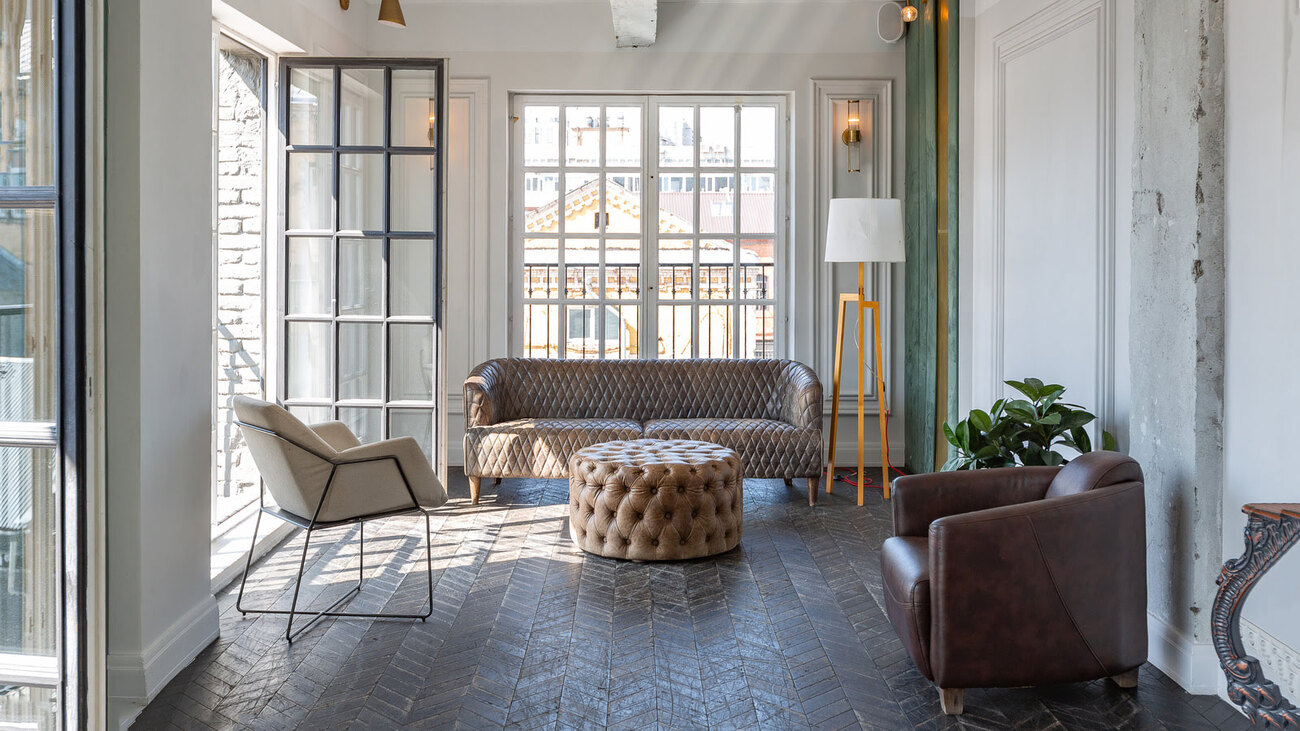

Interior Design
The 5 Outdated Furniture Trends I Regret: And Designers Agree
Modified: December 13, 2023
Discover the top 5 outdated furniture trends to avoid, as confirmed by designers. Get expert advice on modernizing your interior design.
(Many of the links in this article redirect to a specific reviewed product. Your purchase of these products through affiliate links helps to generate commission for Storables.com, at no extra cost. Learn more)
**
Introduction
**
Hey there, design enthusiasts! As an interior design aficionado, I've had my fair share of experiences with various furniture trends over the years. Some have left a lasting impression, while others have left me scratching my head in bewilderment. In the fast-paced world of interior design, trends come and go, and it's essential to stay ahead of the curve. Today, I'm here to share my insights on five outdated furniture trends that I've come to regret. But here's the kicker: it's not just me. Designers across the board are in agreement on these passé design choices. So, without further ado, let's dive into the world of interior design and bid adieu to these antiquated trends.
**
Key Takeaways:
- Outdated furniture trends like oversized sectionals and matchy-matchy sets are making way for more versatile and adaptable design choices that reflect individual style and creativity.
- Embracing lighter wood finishes, minimalist details, and eclectic themes brings a fresh, timeless elegance to modern interior design, allowing for dynamic, engaging living spaces.
Oversized Sectional Sofas
Picture this: a mammoth sectional sofa dominating the entire living room, leaving minimal space for movement and stifling the room’s flow. While the idea of sinking into a vast expanse of cushions may sound appealing, oversized sectional sofas have overstayed their welcome in the realm of interior design.
Designers, myself included, have come to realize that these behemoth pieces often overpower the space, making it challenging to achieve a harmonious balance in the room. Additionally, their sheer size can limit furniture arrangement options, making it difficult to experiment with different layouts.
Moreover, the trend of oversized sectionals tends to promote a more casual and laid-back aesthetic, which may not align with the desired ambiance of every living space. As a result, many homeowners find themselves yearning for a more versatile and adaptable seating solution that can effortlessly complement their evolving interior design preferences.
Ultimately, the allure of oversized sectional sofas has waned in favor of more flexible and space-conscious seating arrangements. Embracing modular sofas or chic seating combinations allows for greater customization and adaptability, breathing new life into living areas and embracing the ever-changing landscape of interior design.
It's time to bid farewell to the era of overwhelming sectionals and usher in a new wave of versatile, space-savvy seating options that harmonize effortlessly with modern design sensibilities.
**
Matchy-Matchy Furniture Sets
Ah, the era of meticulously coordinated furniture sets, where every piece in the room seemed to be cut from the same design cloth. While there was a time when this approach reigned supreme in interior design, the consensus among designers now reflects a shift away from this overly uniform aesthetic.
Matching furniture sets, with their identical finishes and styles, often result in a space that feels stagnant and lacking in personality. The cookie-cutter nature of these ensembles can stifle creativity and self-expression, leading to interiors that lack the depth and character that eclectic designs offer.
Furthermore, the rigid conformity of matchy-matchy sets can impede the organic evolution of a room’s decor. As design trends evolve, homeowners are increasingly drawn to the allure of curated, mixed-and-matched pieces that tell a story and invite visual interest.
Instead of adhering to the constraints of uniform furniture suites, the contemporary approach celebrates the art of blending diverse elements to cultivate a space that feels curated and thoughtfully composed. Embracing a mix of styles, textures, and finishes fosters an environment that exudes individuality and reflects the unique tastes and experiences of the inhabitants.
By bidding adieu to the era of matchy-matchy furniture sets, homeowners can unlock the potential for dynamic, engaging interiors that transcend the boundaries of conformity, allowing personal style to shine through in every carefully curated piece.
**
Heavy, Dark Wood
Once a staple of traditional interior design, heavy, dark wood furniture exuded a sense of timeless elegance and grandeur. However, as design preferences have evolved, the allure of these weighty pieces has gradually waned, giving way to a more nuanced approach to wood finishes and textures.
The dominance of heavy, dark wood furniture often resulted in spaces that felt visually oppressive and dated. The formidable presence of these pieces could overshadow the room, creating a sense of heaviness that detracted from the desired ambiance of openness and airiness.
Moreover, the prevalence of these dark wood tones limited the design versatility of a space, making it challenging to introduce contrast and visual depth. As a result, designers and homeowners alike have begun to gravitate towards lighter wood finishes and mixed-material furniture to infuse spaces with a more contemporary and dynamic aesthetic.
By bidding adieu to the era of matchy-matchy furniture sets, homeowners can unlock the potential for dynamic, engaging interiors that transcend the boundaries of conformity, allowing personal style to shine through in every carefully curated piece.
Embracing a lighter, more diverse approach to wood finishes not only breathes new life into interiors but also offers greater flexibility in styling and accessorizing. The interplay of light and dark wood tones, coupled with the incorporation of metal, glass, and other materials, introduces a captivating visual contrast that elevates the overall design scheme.
As we bid farewell to the era of heavy, dark wood, we welcome a new chapter in interior design that celebrates the harmonious fusion of diverse materials, textures, and finishes, ushering in a fresh perspective that resonates with modern sensibilities.
**
Tip: When updating your furniture, consider timeless styles and quality materials that will stand the test of time. Avoid trendy pieces that may quickly become outdated.
Fussy, Ornate Details
There was a time when ornate detailing reigned supreme, adorning everything from furniture to architectural elements with intricate embellishments. However, as design philosophies have evolved, the once-revered fussy and ornate details have gradually fallen out of favor, making way for a more restrained and contemporary aesthetic.
The ornate flourishes and embellishments that once epitomized opulence and luxury now tend to overwhelm spaces, creating a sense of visual clutter and detracting from the clean, streamlined look that many homeowners aspire to achieve. The intricate carvings, elaborate moldings, and overly embellished furniture pieces often dominate the visual landscape, leaving little room for the eye to rest and appreciate the overall design composition.
Furthermore, the maintenance and upkeep of these ornate details can prove to be a daunting task, often requiring meticulous care and attention to preserve their intricate allure. As homeowners increasingly seek practicality and ease of maintenance in their living spaces, the appeal of fussy, ornate details has waned in favor of more understated and functional design elements.
By bidding adieu to the era of matchy-matchy furniture sets, homeowners can unlock the potential for dynamic, engaging interiors that transcend the boundaries of conformity, allowing personal style to shine through in every carefully curated piece.
The contemporary design ethos embraces a more minimalist and refined approach, favoring clean lines, uncluttered spaces, and subtle accents that exude sophistication without overwhelming the senses. This shift allows for a greater focus on the interplay of form, texture, and negative space, creating a sense of visual harmony and balance within the living environment.
As we bid farewell to the era of fussy, ornate details, we usher in a new era of interior design that celebrates the beauty of simplicity and the art of restraint, offering a timeless and elegant aesthetic that resonates with the modern homeowner.
**
Overly Themed Rooms
Once upon a time, the concept of themed rooms held a certain allure, offering a whimsical and immersive experience within the confines of one’s home. From nautical-inspired spaces to elaborate Hollywood-themed dens, the trend of overly themed rooms captured the imagination of homeowners seeking to infuse their interiors with a distinct narrative.
However, as design sensibilities have evolved, the charm of these heavily themed spaces has given way to a more versatile and adaptable approach to interior design. The rigidity of overly themed rooms often limits the potential for stylistic evolution and personal expression, trapping homeowners within a predefined aesthetic that may eventually feel confining and dated.
Moreover, the visual intensity of heavily themed rooms can overwhelm the senses, creating an environment that lacks the visual balance and cohesiveness essential for a harmonious living space. The abundance of themed decor and accessories can detract from the room’s inherent architectural features and hinder the creation of a cohesive design narrative.
By bidding adieu to the era of matchy-matchy furniture sets, homeowners can unlock the potential for dynamic, engaging interiors that transcend the boundaries of conformity, allowing personal style to shine through in every carefully curated piece.
The contemporary approach to interior design celebrates the art of storytelling through more subtle and versatile means, allowing homeowners to infuse their spaces with thematic elements without succumbing to the constraints of an overly rigid theme. Embracing a more eclectic and nuanced approach enables individuals to curate spaces that evolve with their tastes and experiences, fostering a sense of timelessness and adaptability.
As we bid farewell to the era of overly themed rooms, we welcome a new era of interior design that embraces the art of storytelling through a more fluid and organic integration of thematic elements, offering homeowners the freedom to craft spaces that resonate with their individual narratives and aspirations.
**
Conclusion
As the landscape of interior design continues to evolve, it’s essential to bid adieu to outdated furniture trends that no longer align with the dynamic and diverse needs of modern living spaces. From oversized sectional sofas that dominate the room to heavily themed spaces that confine rather than inspire, the design world is embracing a new era of versatility and individuality.
By parting ways with matchy-matchy furniture sets, homeowners can unlock the potential for dynamic, engaging interiors that transcend the boundaries of conformity, allowing personal style to shine through in every carefully curated piece. Embracing a lighter, more diverse approach to wood finishes not only breathes new life into interiors but also offers greater flexibility in styling and accessorizing.
The contemporary design ethos embraces a more minimalist and refined approach, favoring clean lines, uncluttered spaces, and subtle accents that exude sophistication without overwhelming the senses. This shift allows for a greater focus on the interplay of form, texture, and negative space, creating a sense of visual harmony and balance within the living environment.
As we bid farewell to the era of fussy, ornate details and overly themed rooms, we usher in a new era of interior design that celebrates the beauty of simplicity and the art of restraint, offering a timeless and elegant aesthetic that resonates with the modern homeowner.
Ultimately, by embracing these shifts in design philosophy and bidding adieu to these outdated trends, homeowners and designers alike can pave the way for interiors that are not only visually compelling but also reflective of the unique stories and experiences of those who inhabit them. With an open-minded approach and a willingness to embrace change, the world of interior design becomes a canvas for boundless creativity and self-expression, ushering in a new era of timeless, versatile, and captivating living spaces.
Frequently Asked Questions about The 5 Outdated Furniture Trends I Regret: And Designers Agree
Was this page helpful?
At Storables.com, we guarantee accurate and reliable information. Our content, validated by Expert Board Contributors, is crafted following stringent Editorial Policies. We're committed to providing you with well-researched, expert-backed insights for all your informational needs.
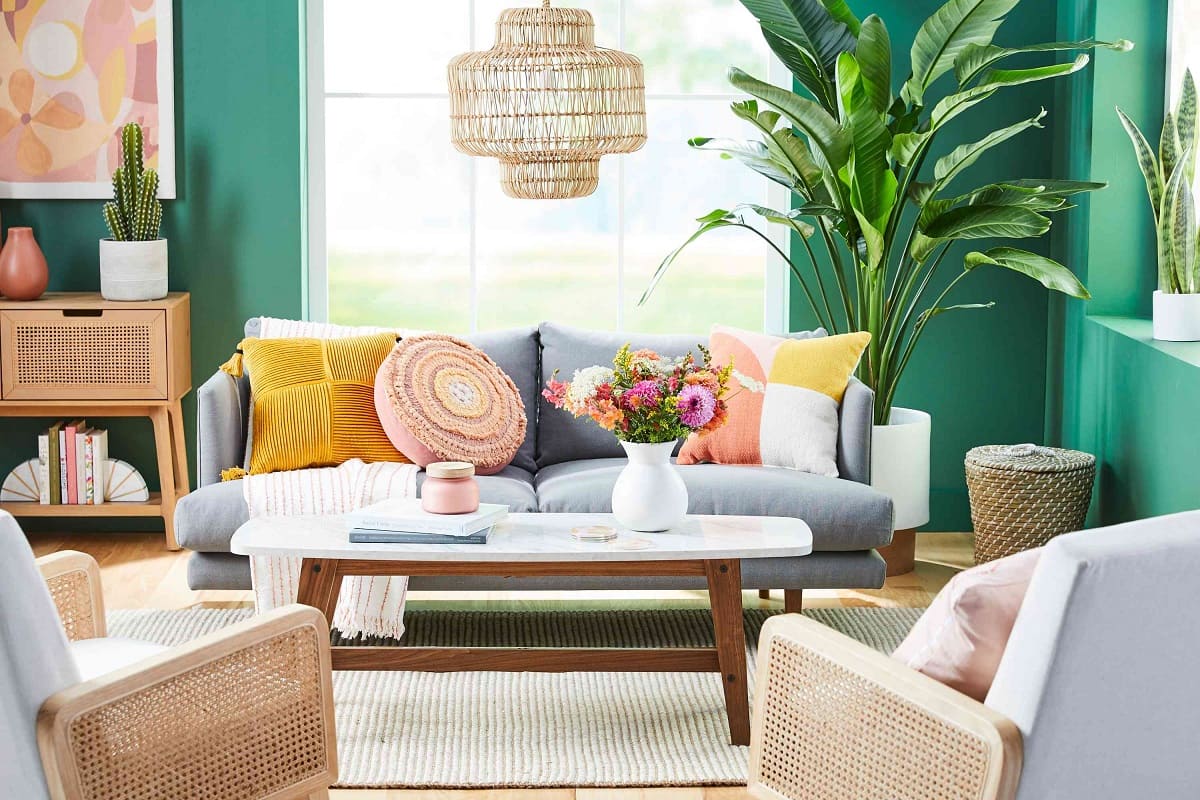
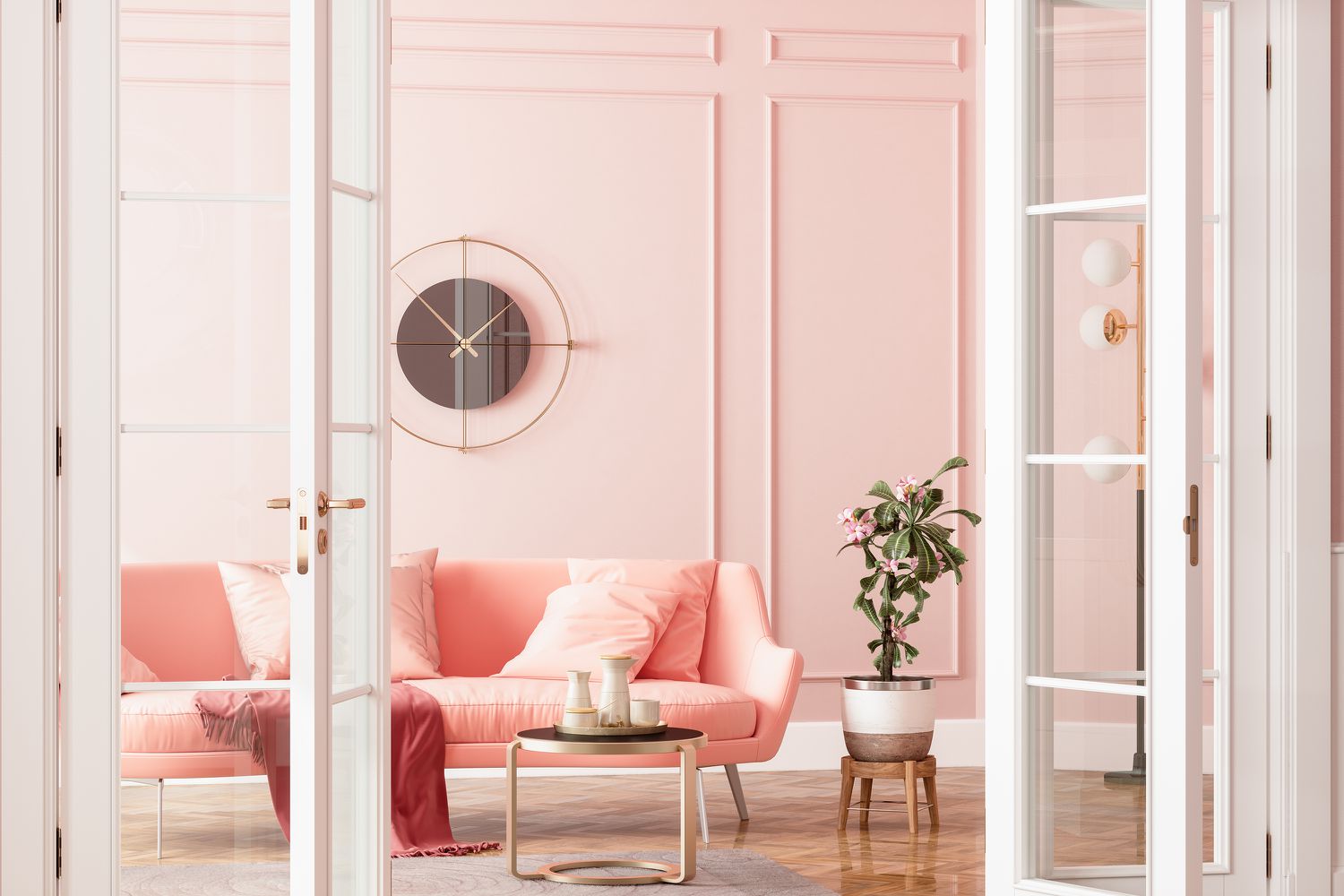
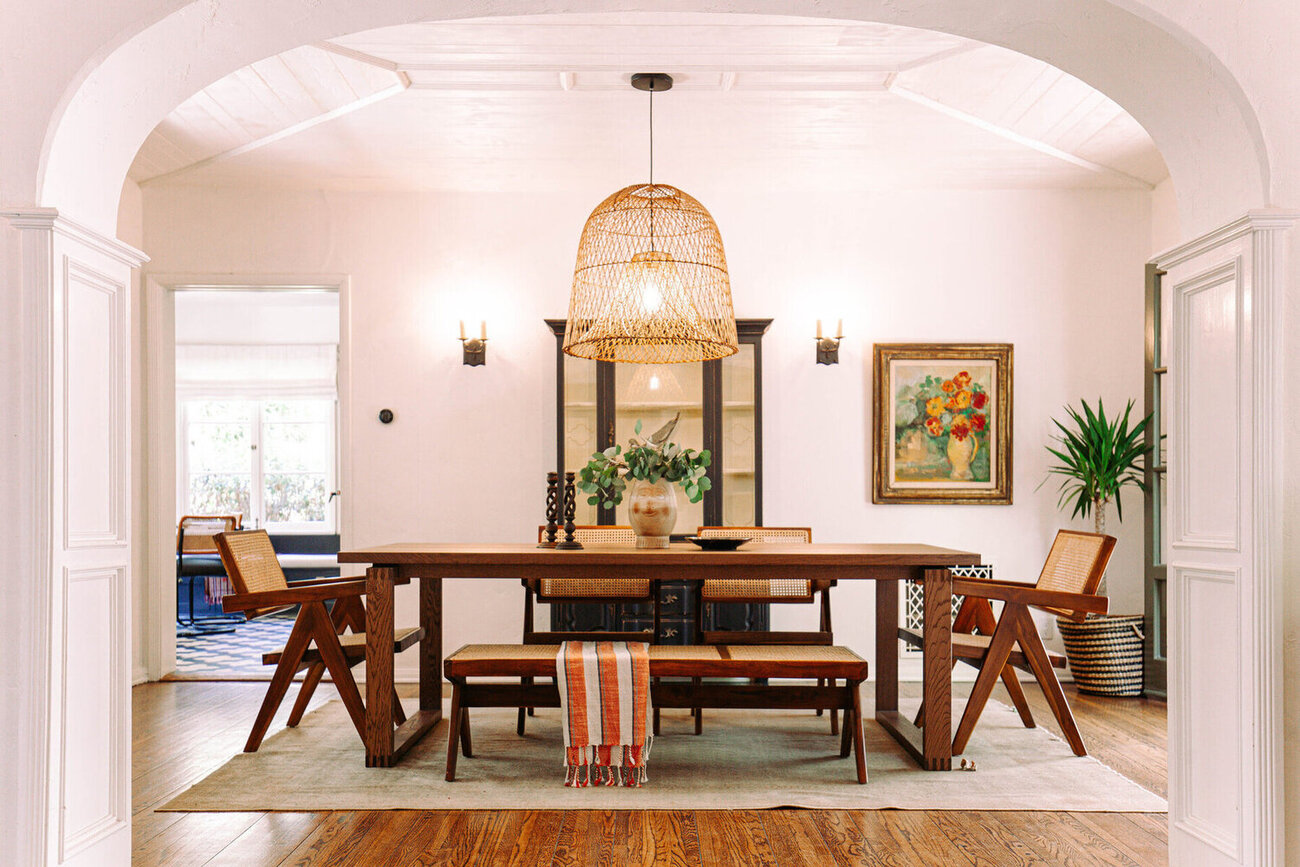
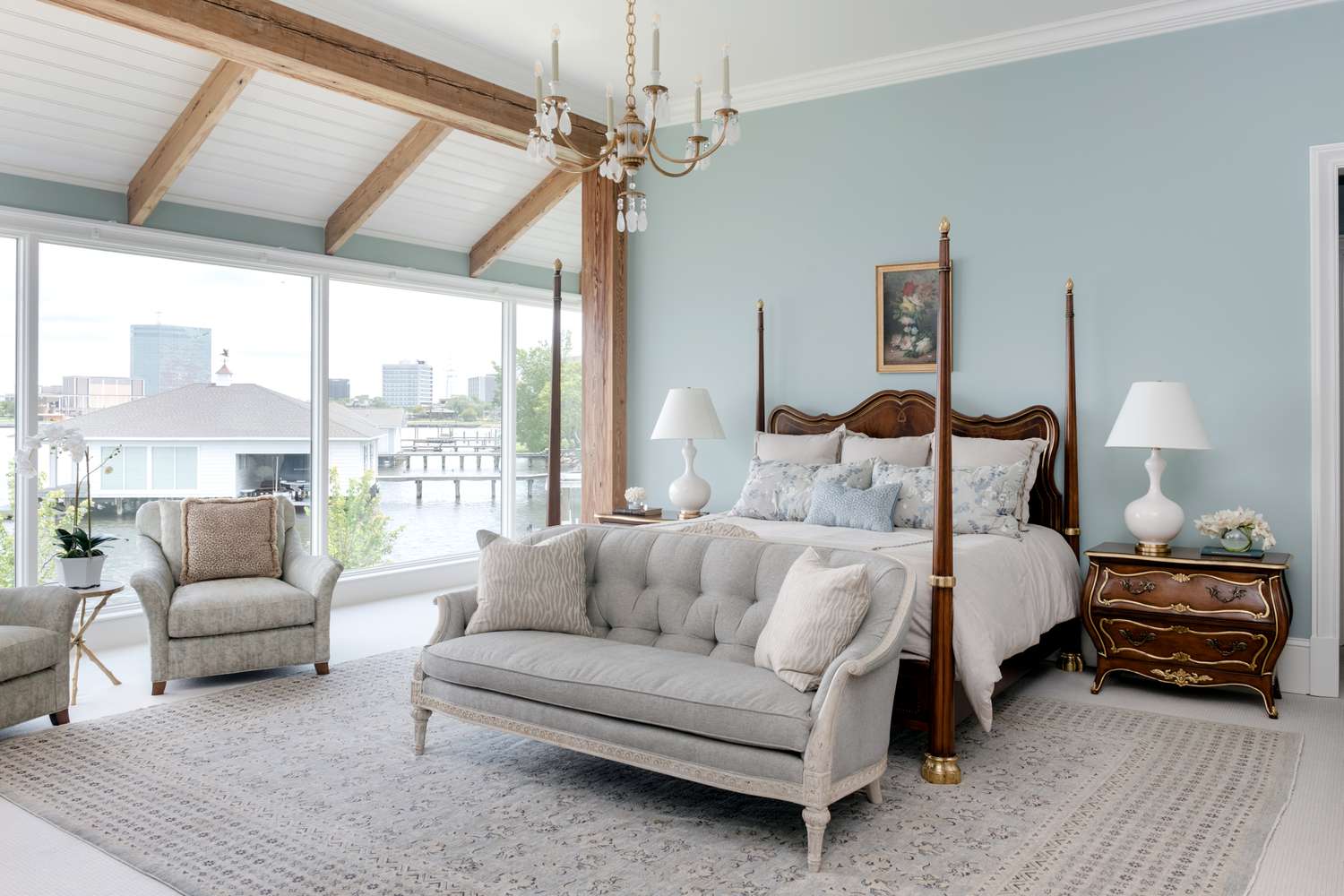
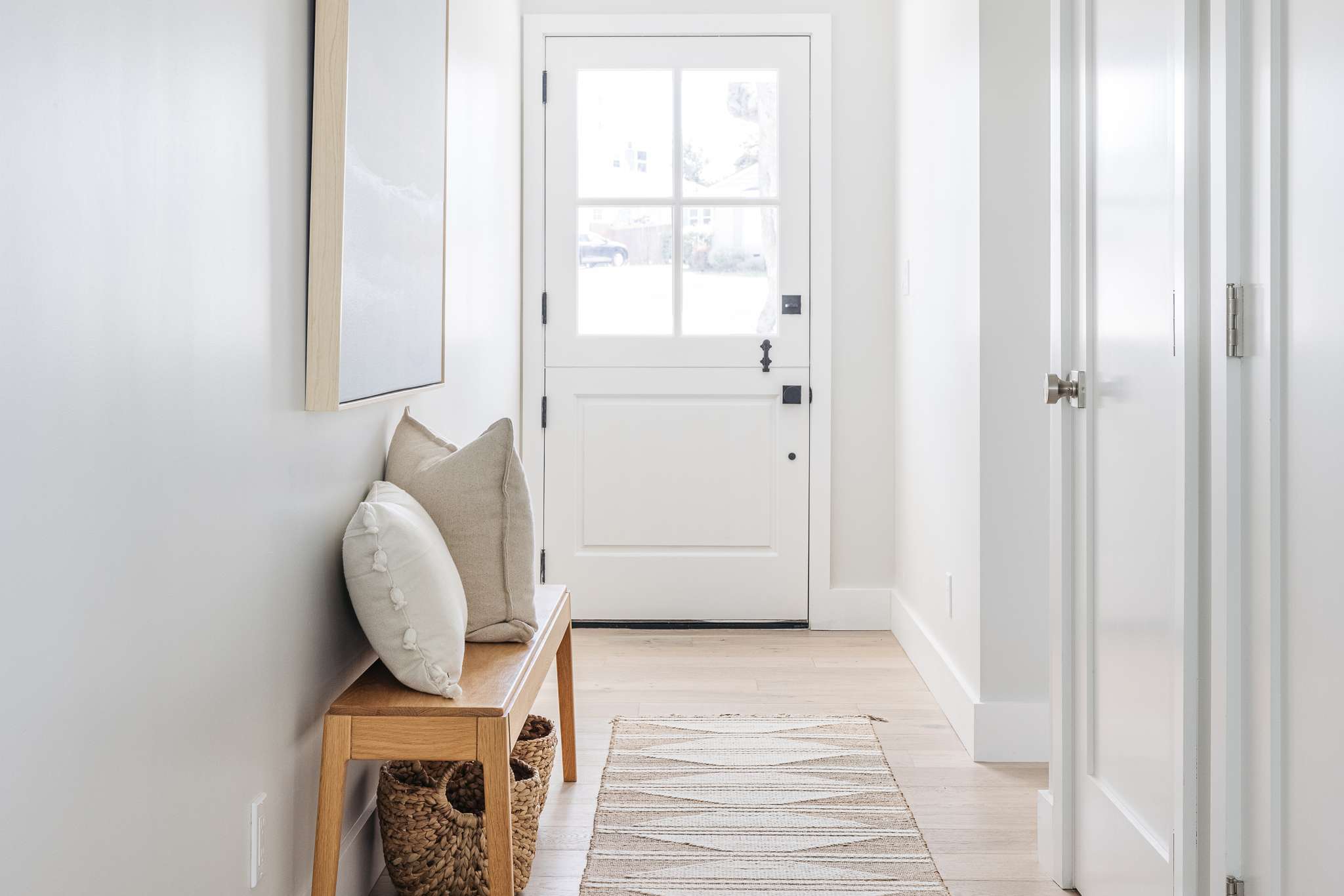
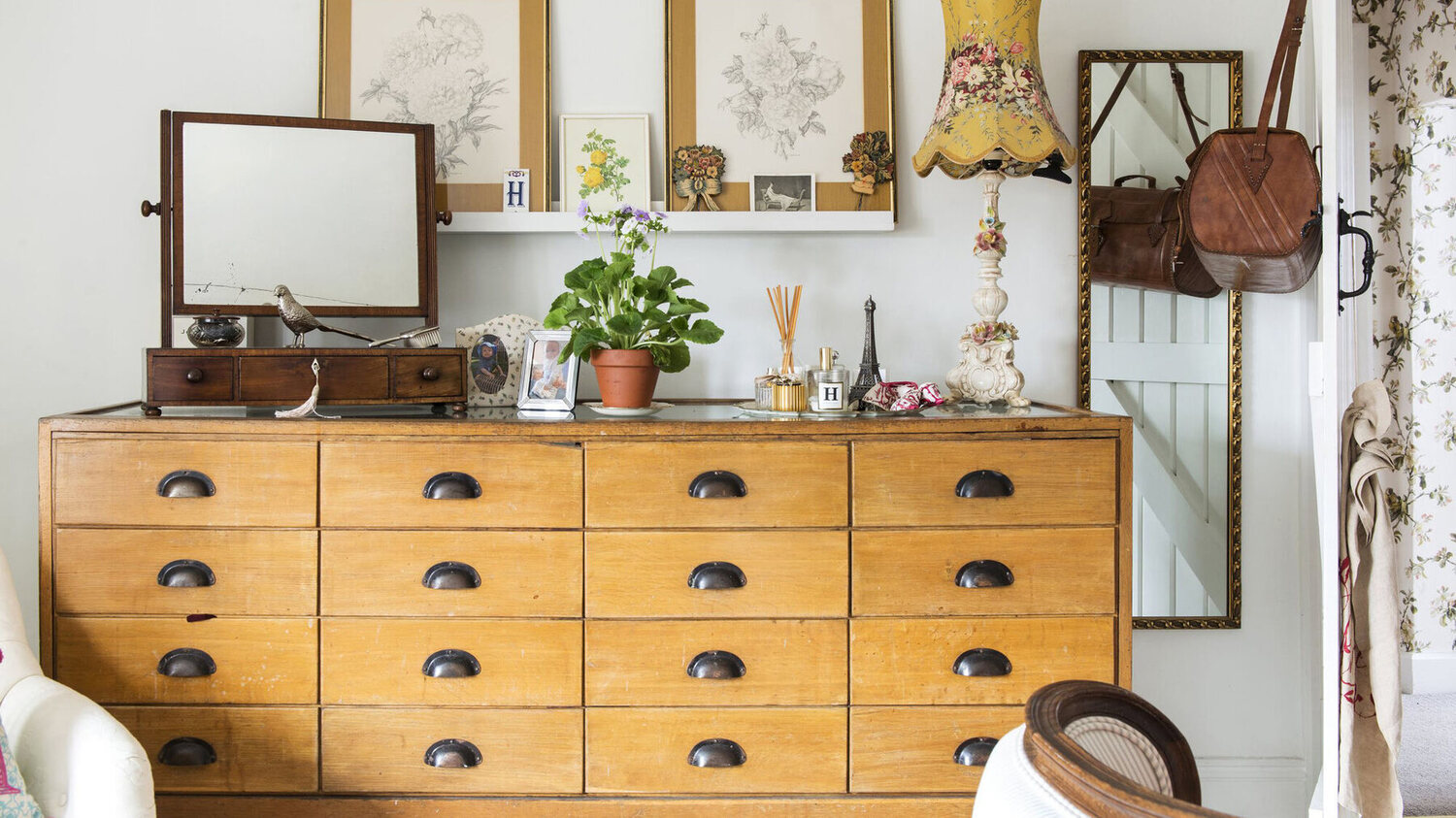
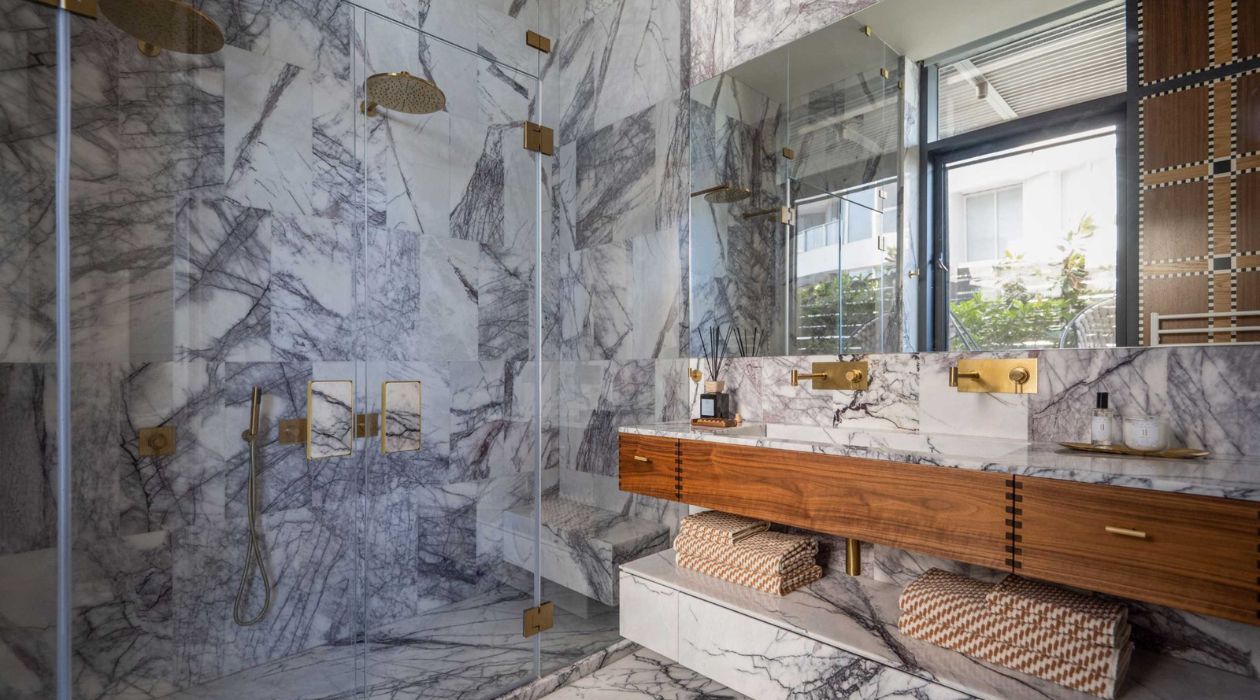
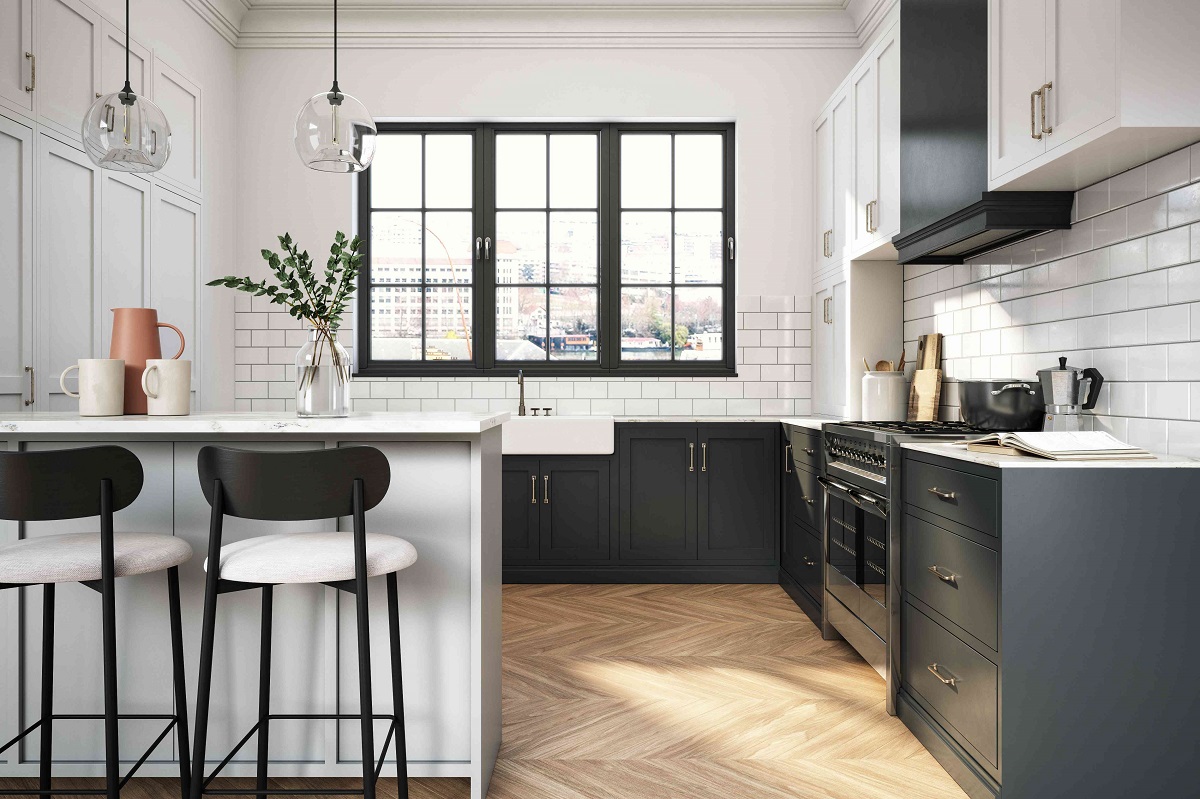
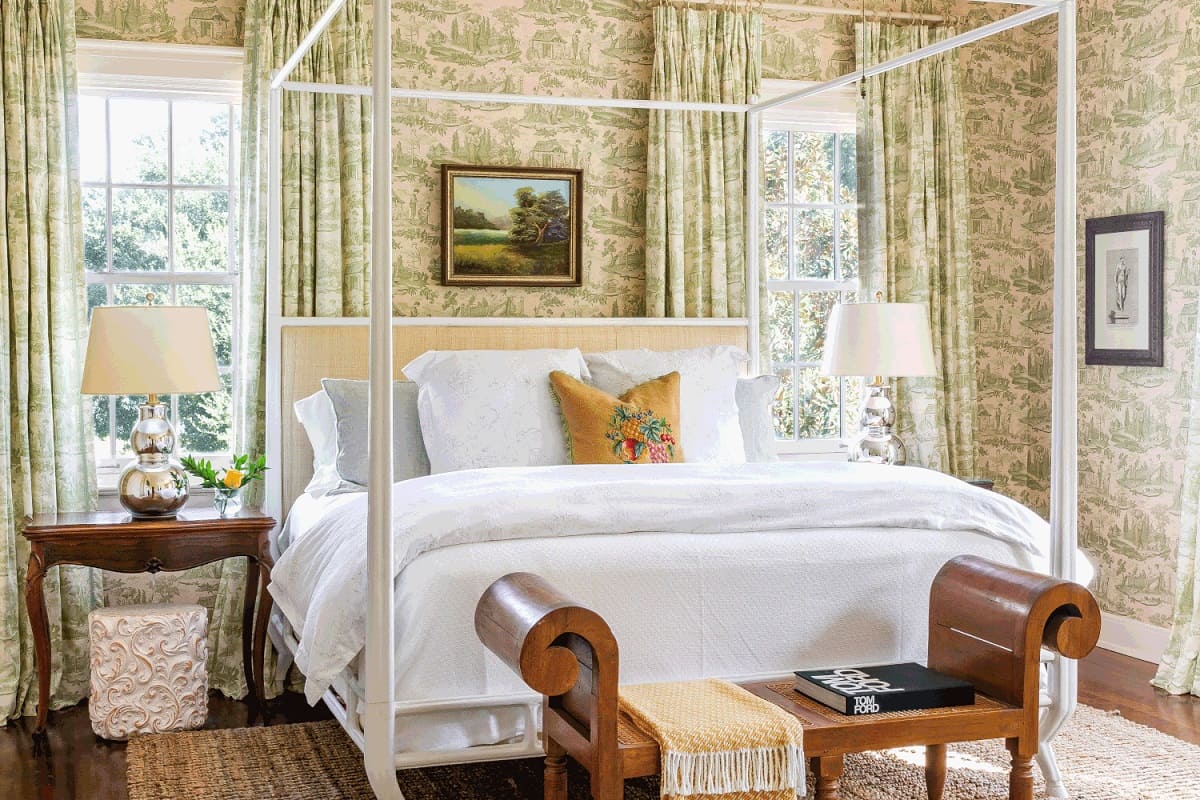
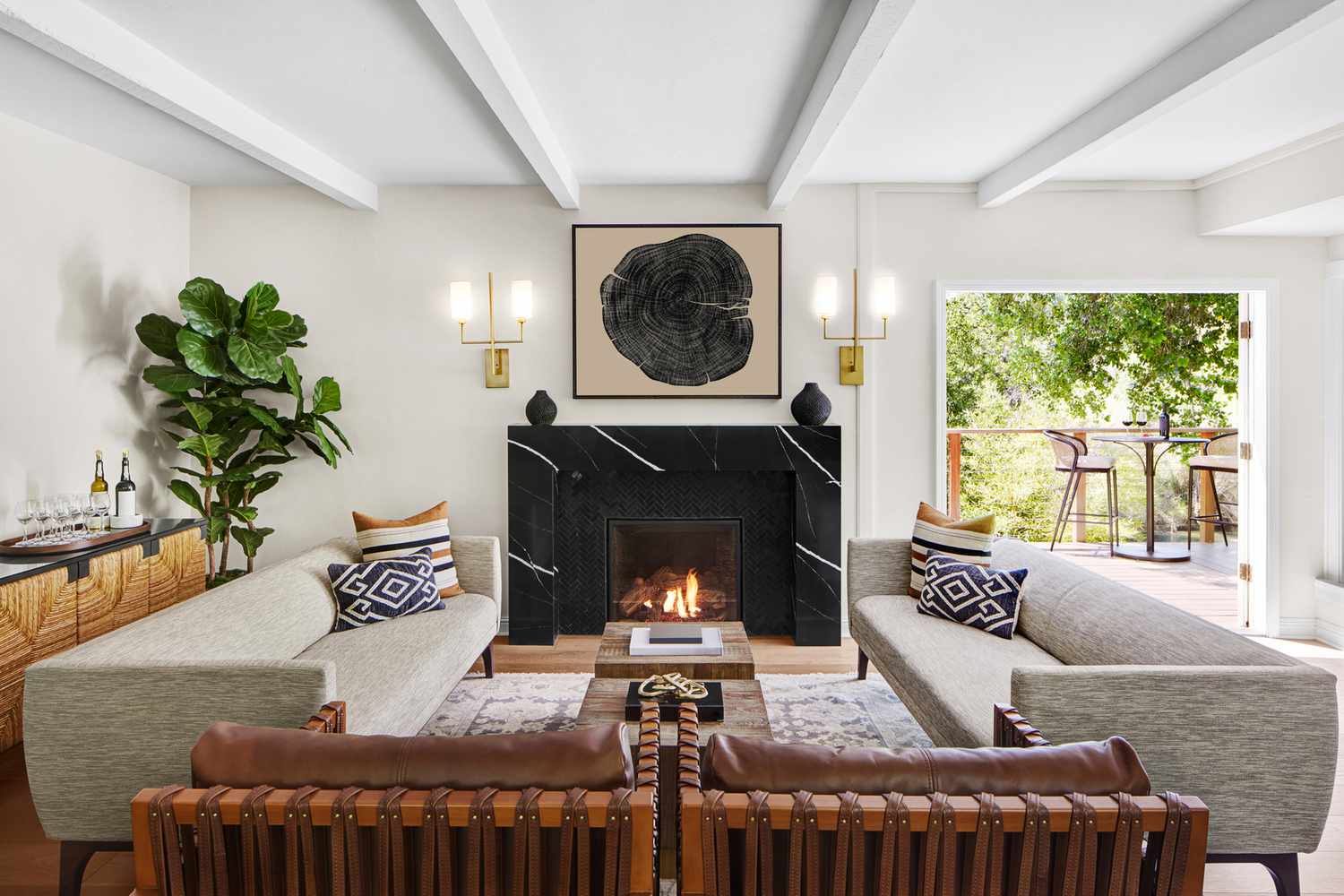
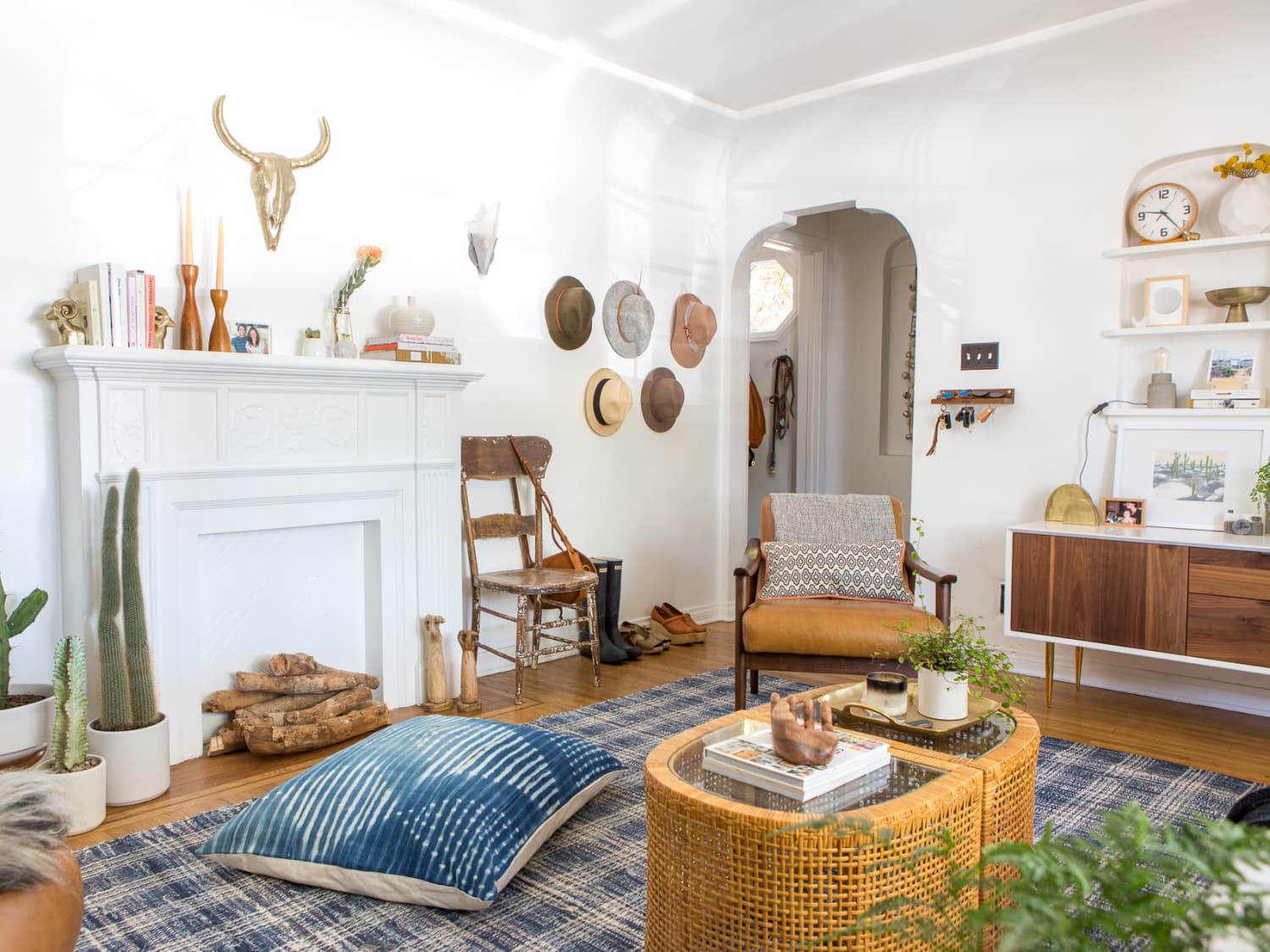
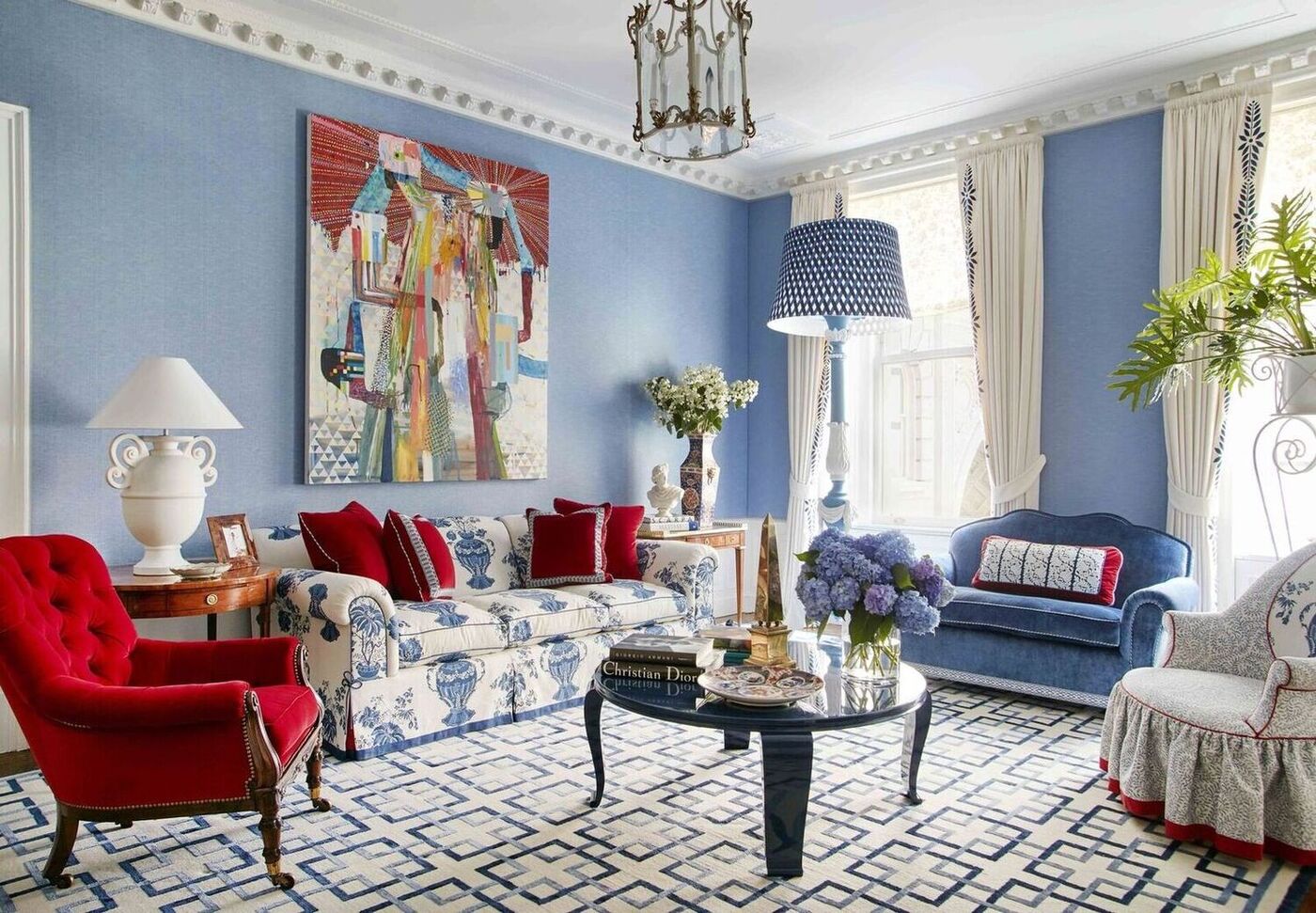
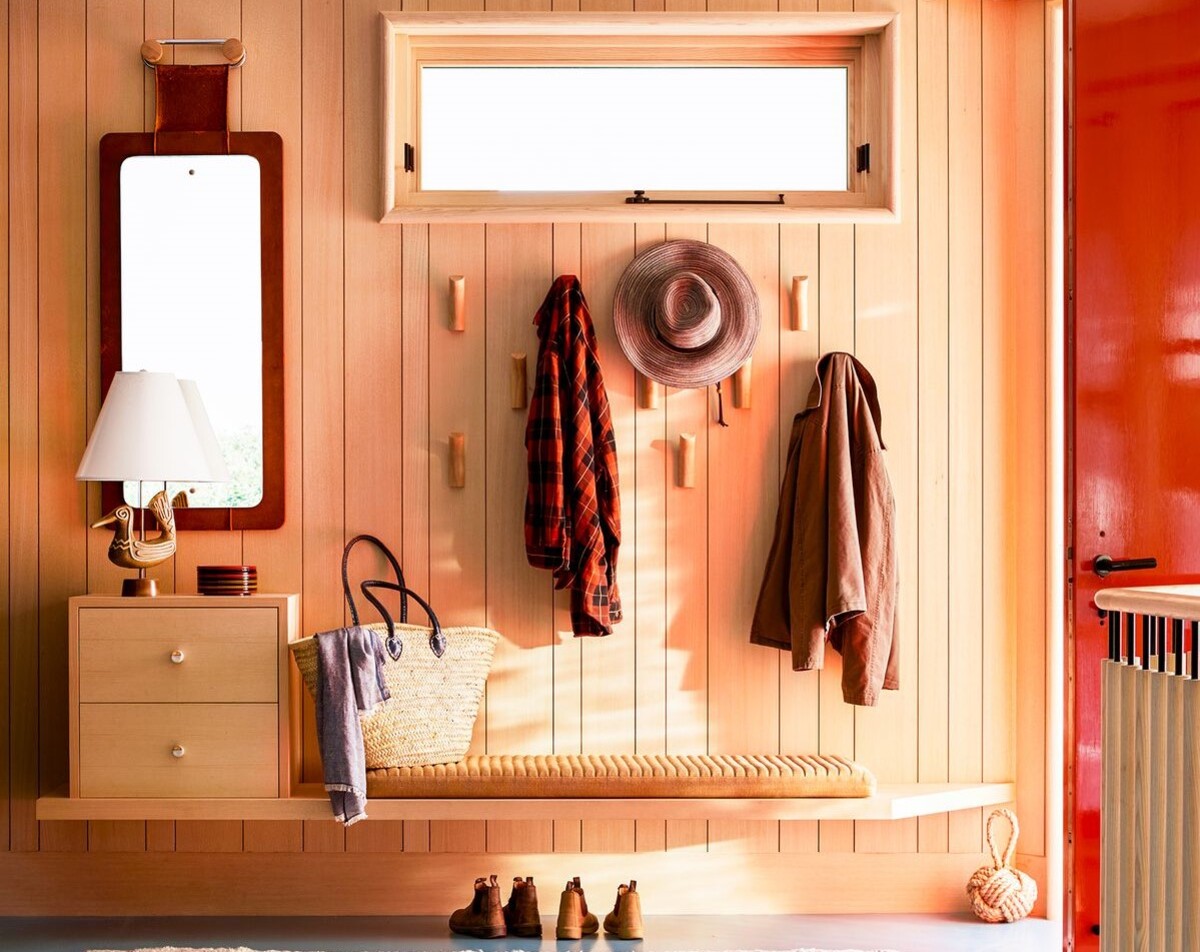
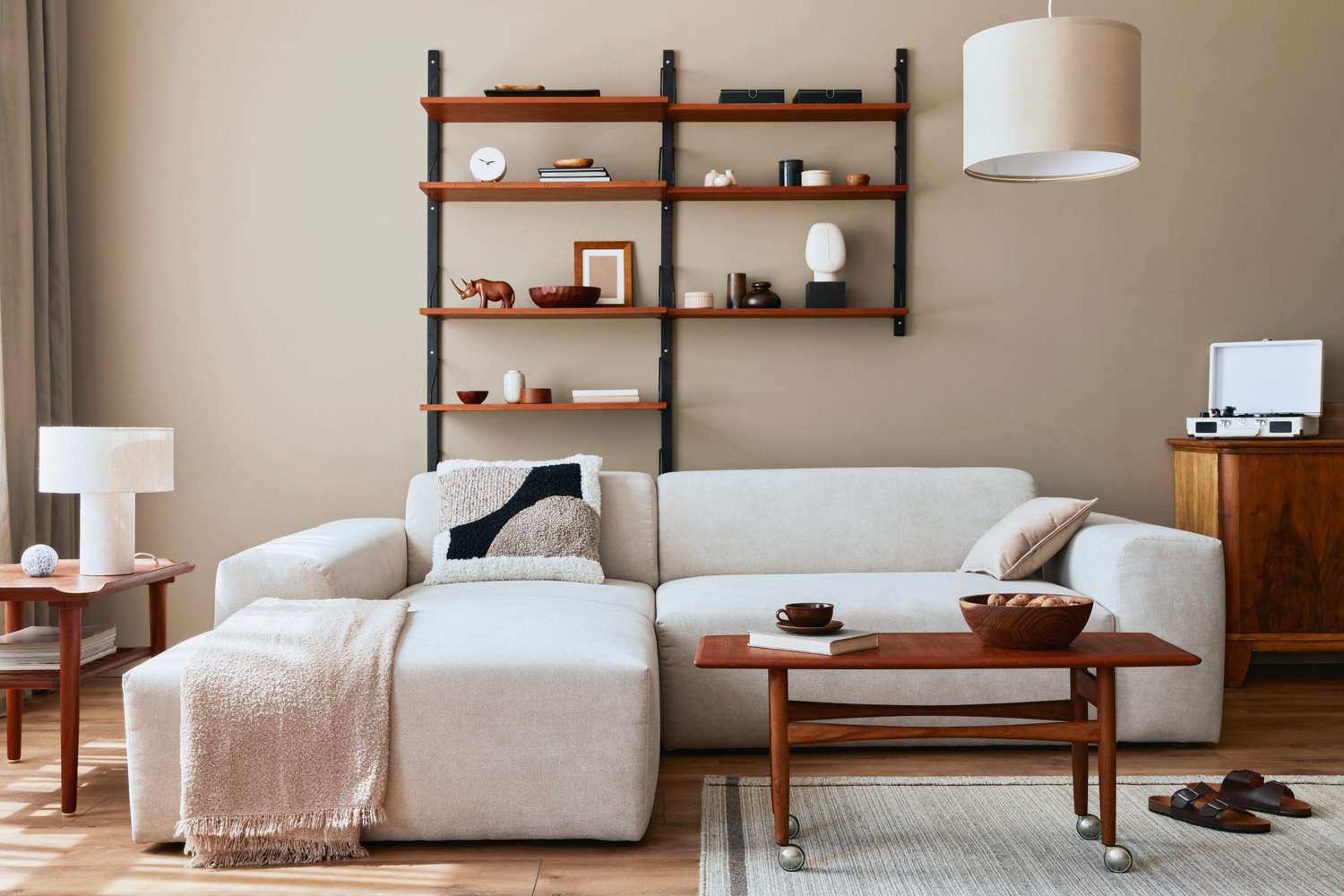

0 thoughts on “The 5 Outdated Furniture Trends I Regret: And Designers Agree”